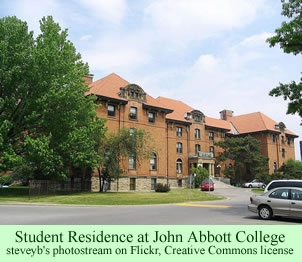Over the past week, several news stories from India have focused on the consequences, and possible causes, of the earthquake that devastated the Dzongu Lepcha Reserve and nearby mountain valleys of Sikkim on September 18th.
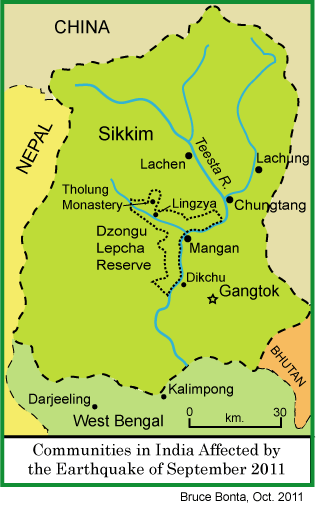 One story described the damage to the historic Tholung monastery, remotely situated a long hike from the nearest road, up a rugged valley in the Dzongu. There were no casualties at Tholung—the monks and students managed to get out of the buildings in time, and they are now at the nearest village, Lingzya. But they are concerned about the ancient manuscripts that remain there.
One story described the damage to the historic Tholung monastery, remotely situated a long hike from the nearest road, up a rugged valley in the Dzongu. There were no casualties at Tholung—the monks and students managed to get out of the buildings in time, and they are now at the nearest village, Lingzya. But they are concerned about the ancient manuscripts that remain there.
Chewang La, the head monk of the monastery, told a reporter in Lingzya that the relics of Guru Lhatsun Chhenpo, and other treasures that are hundreds of years old, are now in considerable danger since they may be exposed to the weather. “The monastery is still inaccessible because of the numerous landslides on the way,” he said.
Yishey Doma, an expert on the Buddhism of Sikkim, said that the monastery houses the relics of Gyalwa Lhabtsun Chhenpo, a 17th century monk. It also houses some relics from Guru Padmasambhava, patron saint of Sikkim, who visited the area in the 8th century. According to Doma, “Tholung relics have great religious significance as they consist of priceless sacred texts, ancient Buddhist paintings (thanka), the personal effects of Lhabtsun Chhenpo, sacred jewels, clothes and sacred objects.”
Trekking up to the Tholung Monastery has been developing into a popular tourist activity, a “showpiece of Dzongu eco-tourism,” says Mika Lepcha, president of a local NGO that promotes tourism in the region. Tholung also runs a monastic school located at Lingzya which was severely damaged by the quake. A huge boulder crashed down the mountainside and smashed the prayer room of the school, narrowly missing three students when it crushed a large prayer wheel. The walls of the classroom were destroyed.
The October 8th issue of Tehelka Magazine, posted to the Web on September 30th, published a lengthy article analyzing the possible causes of the earthquake. Environmentalists and Lepcha activists charge that the construction work for the huge hydropower dams on the Teesta River and its tributaries have prompted the geologically unstable region into seismic activity. Government officials and corporate managers building the dams are denying the charges. Tehelka investigated the issues.
Tehelka’s journalist, Shailendra Pandey, visited the construction zone of one of the large Teesta dams, located in the mountains north of Chungthang, Lachen, and Lachung. Teesta Urja Pvt, Ltd, the consortium of firms that is building the hydropower project, has used its helicopters to fly selected journalists north to see the devastation—and the 14.6 km water diversion tunnel, part of the hydropower development. The corporation points out proudly that it was not damaged by the earthquake.
Critics of the construction work for the 1,200 MW project are blaming the tunneling and earthworks for causing the tremors. Sikkim’s Chief Minister, Pawan Chamling has dismissed any such connection as “rumors.” The company is letting public agencies use its machinery to help clean up the roads and aid in the disaster relief.
The Lepchas are not the only ones to have suffered from the effects of the quake. Outside laborers from other parts of India, workers on the dam projects, also suffered. A worker named Sandeep, part of the construction crew for the Teesta Urja project, says he saw huge rocks plunging down on the houses where he and the other workers were living. He was not injured, so he had to walk out. Only those who were injured were airlifted out by helicopter.
“Now I just want to go home to Siliguri [a city in West Bengal 37 kilometers south of Darjeeling],” he said. “I swear I will never come back.” Another worker from Lachen trekked all the way to Mangan and reported that 15 people were cremated at the site of the dam construction. Teesta Urja officials denied that any of its employees had been killed, even as others were counting up the bodies of workers before they were cremated.
The Tehelka Magazine journalist visited a similar project, a 510 MW power plant on the Teesta near Dikchu. Debris from landslides, logs, and silt have accumulated at the completed dam, threatening its stability and eroding the banks of the river. With 30 dams planned for the fast-flowing Teesta over its 112 km length, Pandey calculates, the government is planning a dam for every 3.7 km of river.
Mr. Pandey alleges that the government of Chief Minister Chamling has been as opaque as the construction company in explaining the causes of the disaster. Opposition to the Chief Minister’s party, the Sikkim Democratic Front (SDF), is weak, so the only significant challenges to the policy of filling wild valleys with dams have come from environmentalists and Lepcha activists.
When the journalist visited Lingza, the village at the end of the road in the Dzongu Reserve, SDF operatives were advising the local Lepcha not to discuss any possible objections they might have to dam construction projects with reporters. They even objected to the journalists speaking with the Lepcha.
Tengdup Lepcha, a 70-year old man, spoke with Mr. Pandey anyway. He told him that his grandson now takes care of his paddy fields and cardamom trees. He said he had never seen anything like the devastation from the earthquake, which flattened several villages within a hour’s walk from Lingza.
The Tehelka Magazine story concludes with details about the corruption of the Chamling government, the local cadres that support his schemes, and the opposition from anti-dam activists like Dawa Lepcha, who have been struggling for four years to stop the destruction with only limited success. The damages from the earthquake, added to the devastation from the dams and the entrenched corruption of government elites, threaten to blight the natural wonders of Sikkim and undercut the strengths of the Lepcha people.
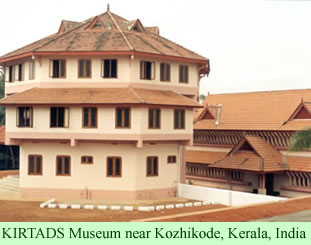
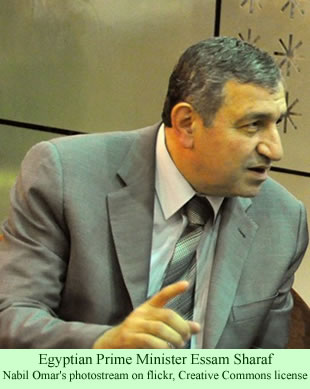
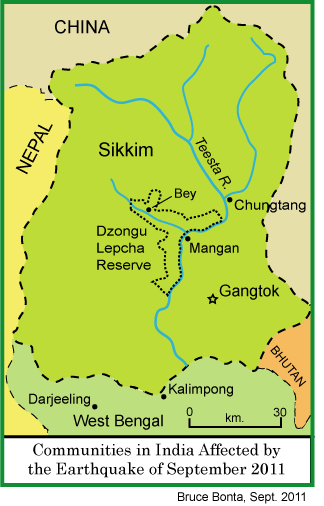 Many other
Many other 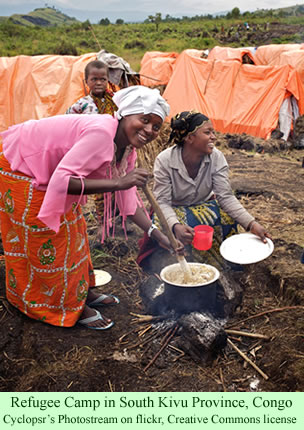
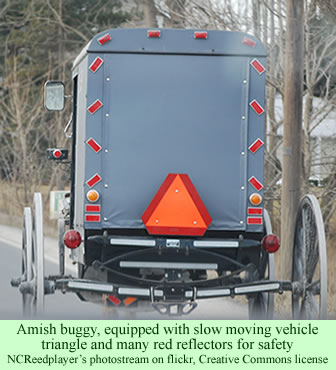

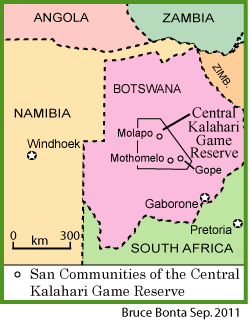 At 2:57 PM on Friday, July 29th, an NGO called Vox United announced
At 2:57 PM on Friday, July 29th, an NGO called Vox United announced 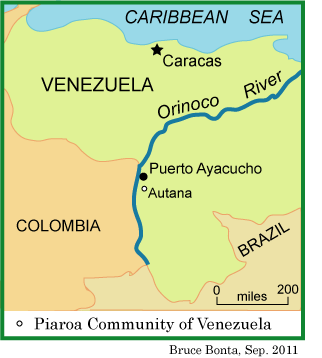 Last week he told
Last week he told 